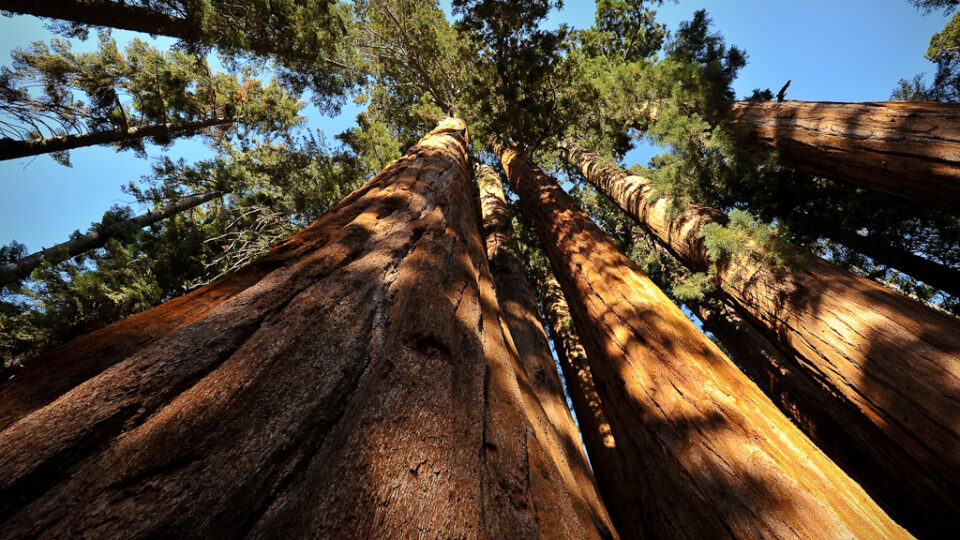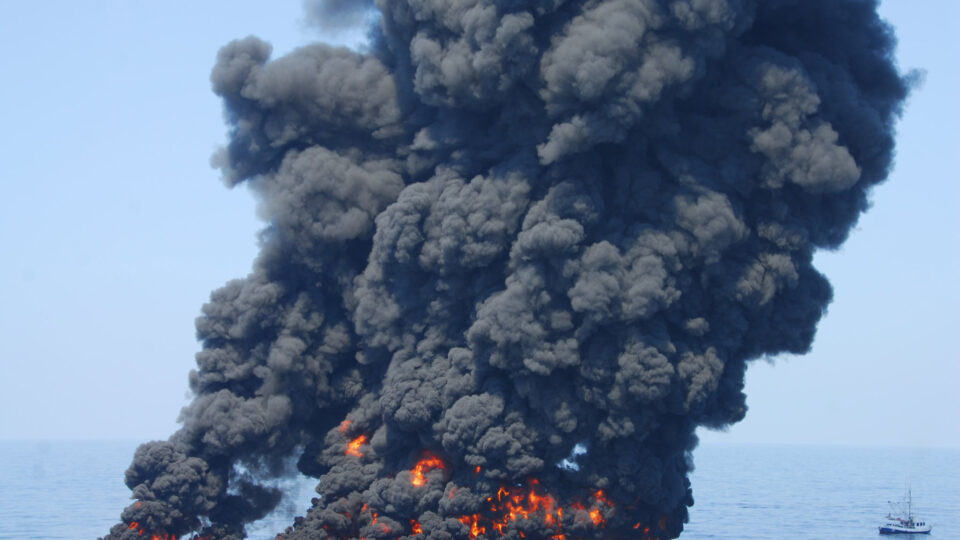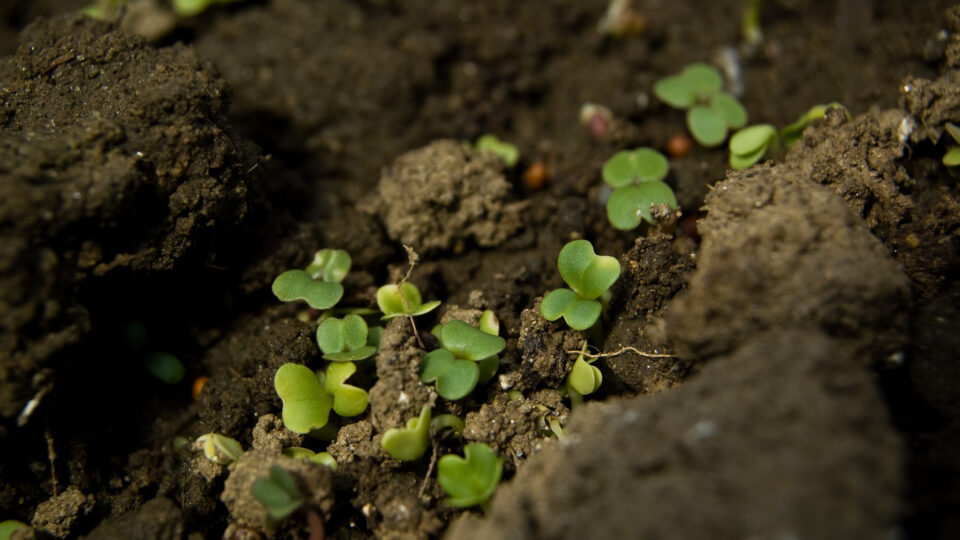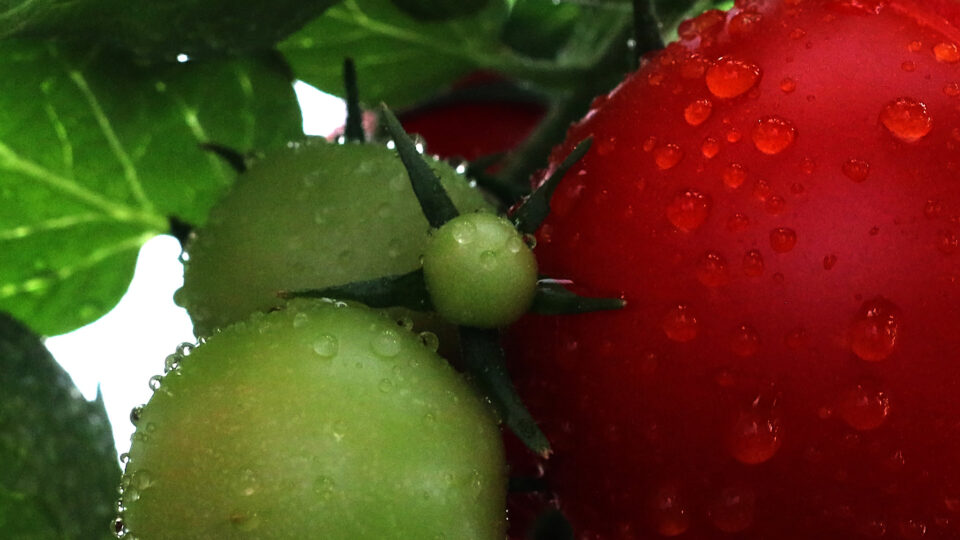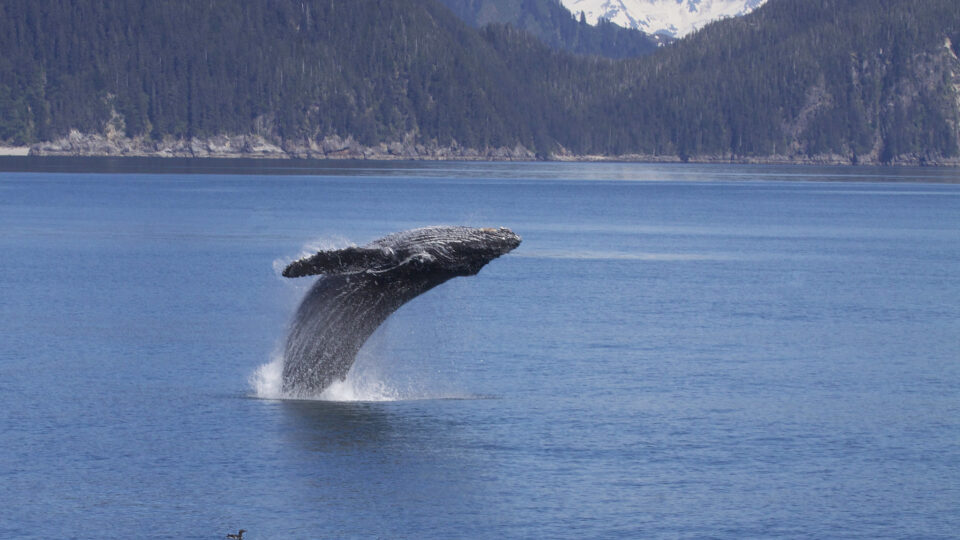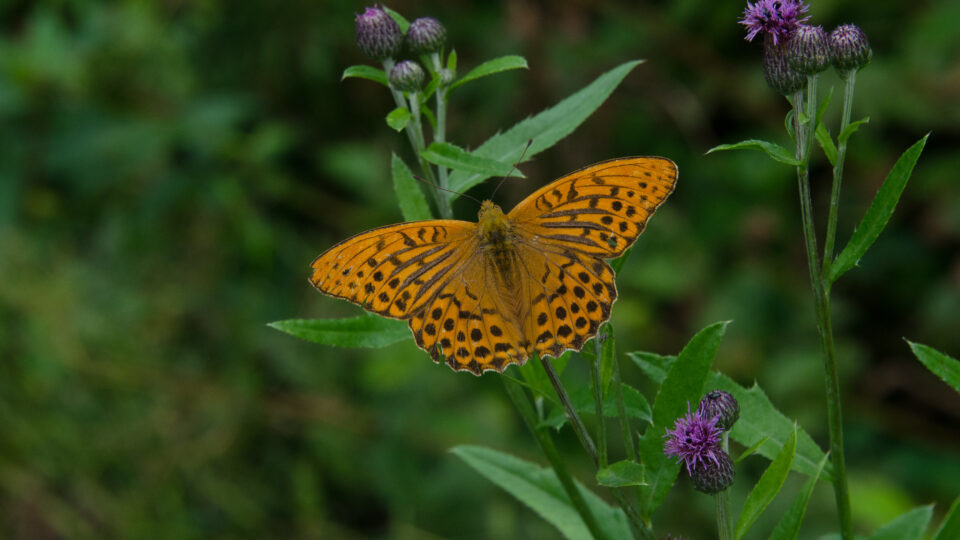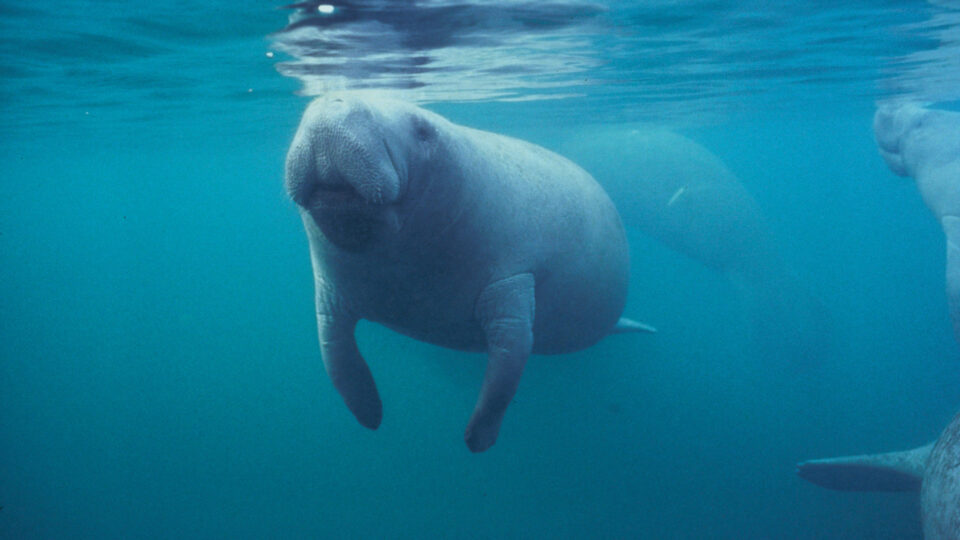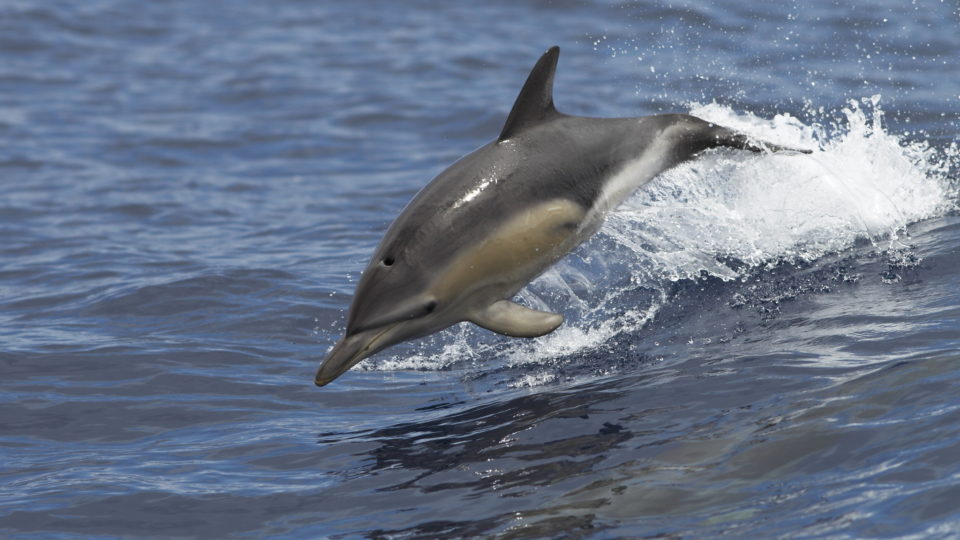Giant sequoias are the most massive trees on earth. They can grow as tall as nearly 300 feet and have trunk diameters from 20 to 26 feet. They are also among the oldest living organisms on Earth; some of them are well over 3,000 years old. The trees are native to the western slopes of the Sierra Nevada mountain range in California.
Lengthy droughts and wildfires have been pushing giant sequoias in California into decline. Up to 20% of all large giant sequoias in California died in wildfires in 2020 and 2021. There are estimated to be only about 80,000 remaining in the native groves in the Sierra Nevada. These old-growth forests are very much in jeopardy and represent rare ecosystems of considerable ecological and historical value.
Giant sequoias have been planted in many places around the world. They were introduced to country estates in Britain during the 19th century. They were seen as symbols of wealth and power. Over time, they have been widely planted in parks and woodlands. As a result, there are now half a million giant sequoias growing in Britain and they are thriving there.
The British sequoias are rather young by sequoia standards, so they are relatively squat in stature. The tallest of them measures about 180 feet. But recent research, published in the journal Royal Society Science, found that in Britain’s cool and mild climate, the trees are growing nearly as fast as they do in California.
The British sequoias are probably more important for their aesthetic and historical interest than their impact on the environment, but it is good to know they are there.
**********
Web Links
Under Threat in Their Native California, Giant Sequoias Are Thriving in Britain
Photo, posted November 4, 2010, courtesy of John Buie via Flickr.
Earth Wise is a production of WAMC Northeast Public Radio
